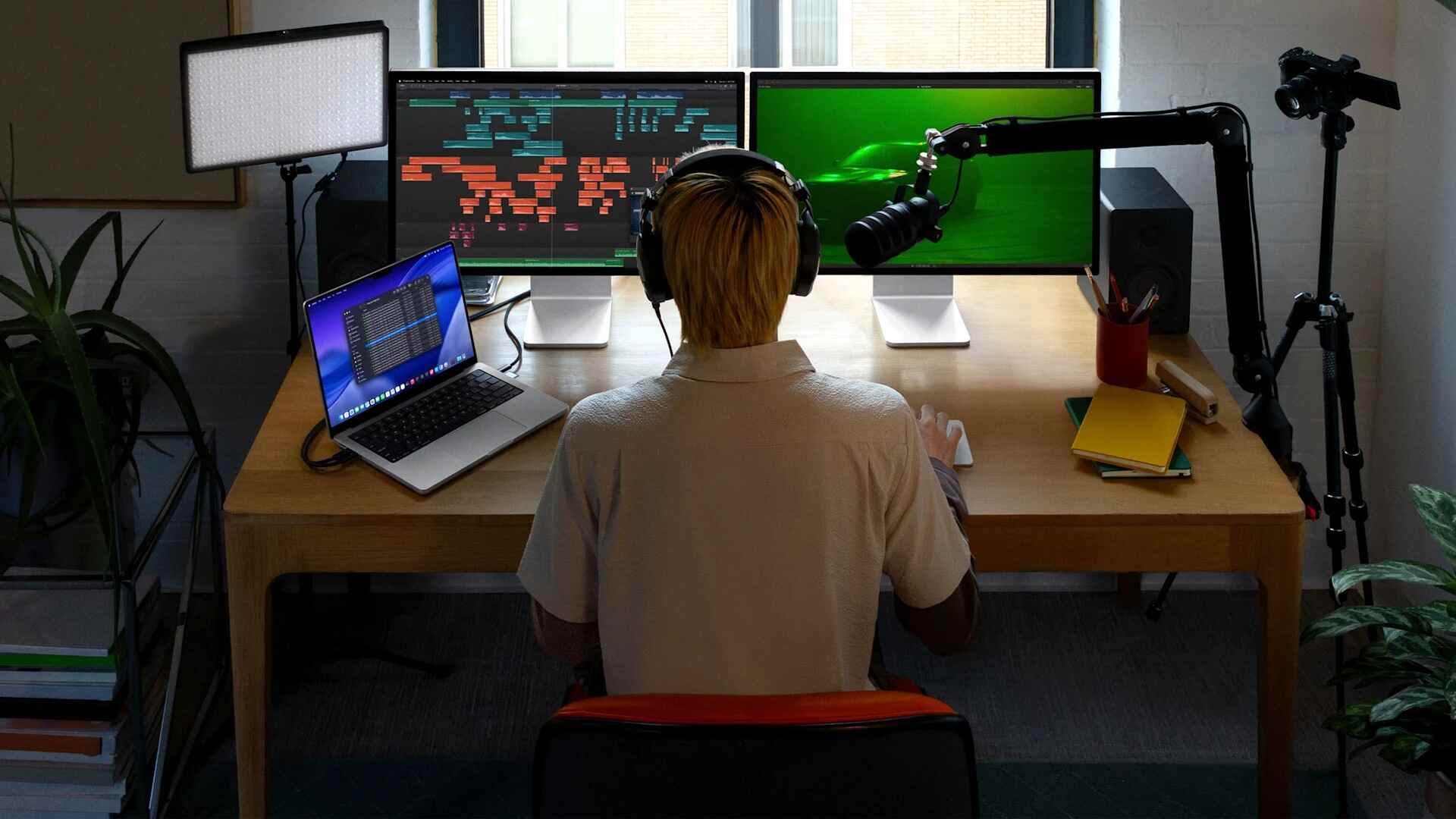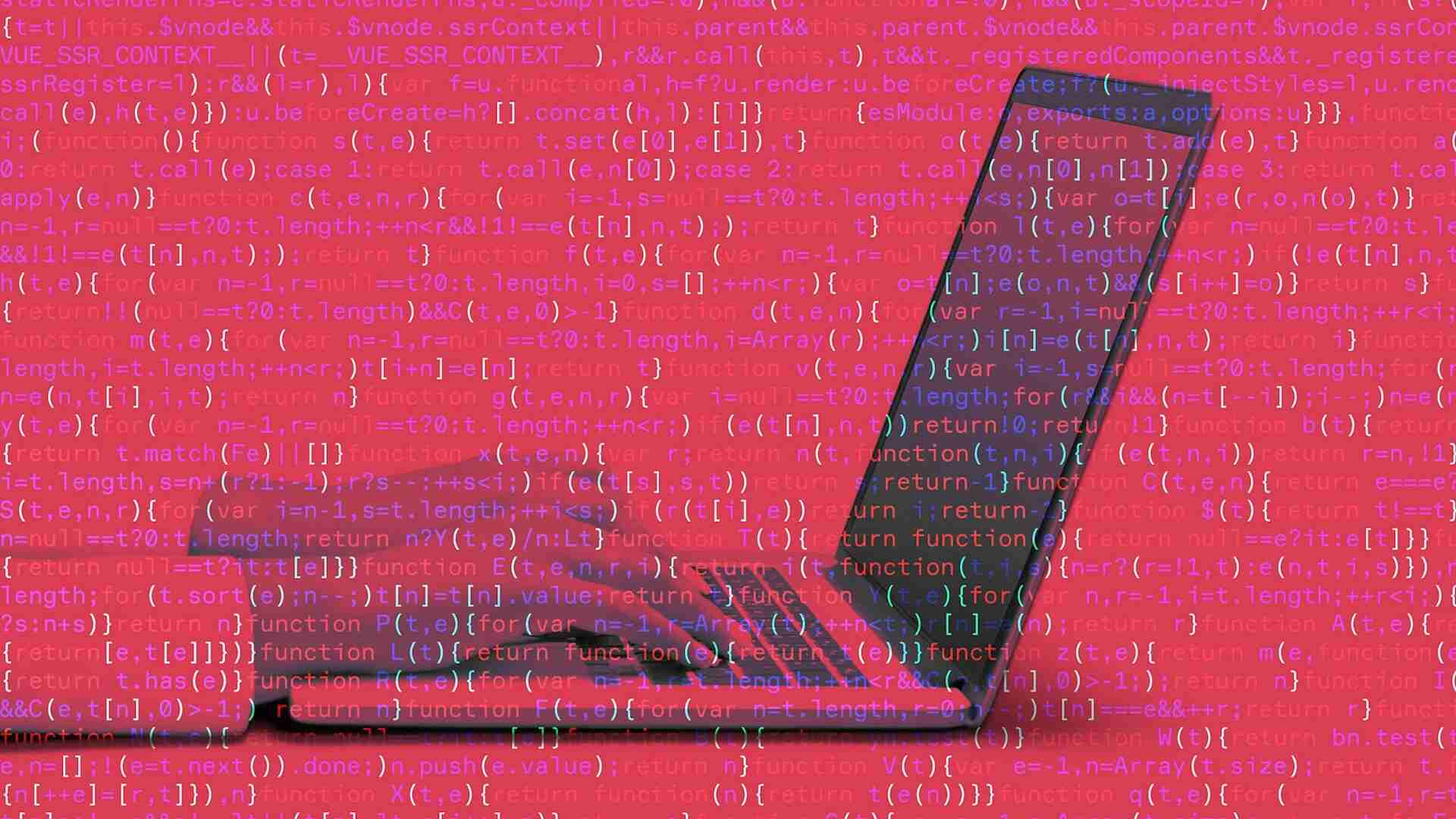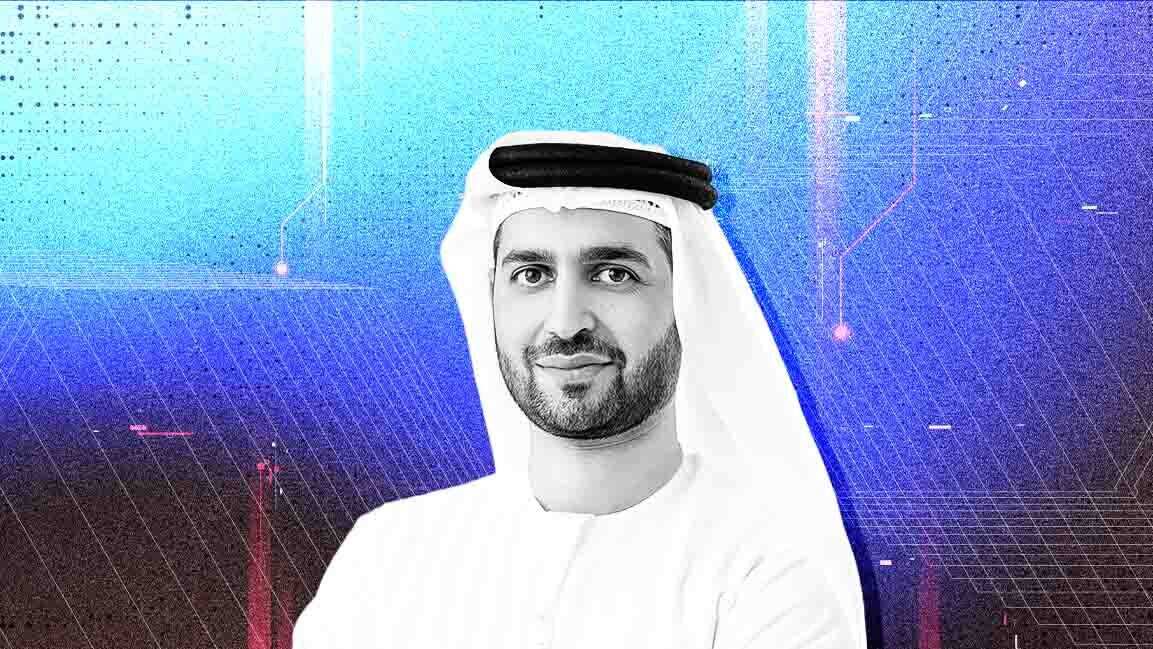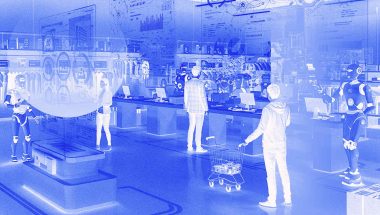- | 9:00 am
Advanced robots are coming to the UAE—and these innovative companies are building them
Industry leaders at Gitex Global 2024 in Dubai explain the future of robotics for the UAE.

They can check you into your hotel room, answer your questions about a missing package, and deliver food to your doorstep. Robots are having a moment. Multiple technology manufacturers have increased demand for their robots, from drone-like machines that can roam hallways to make deliveries and AI-powered customer service software to increased use of self-service checkouts at supermarkets.
In 2022, Ameca, the world’s most advanced humanoid robot, was deployed at the Museum of the Future to greet visitors, answer their questions, and have conversations.
In the same year, the Dubai Robotics and Automation Program was launched to increase the robotics sector’s contribution to Dubai’s GDP by 9% by 2032.
In 2023, Talabat tested delivery robots. The Talabots traveled three kilometers at a time and dropped off people’s goods at their doorsteps.
These are but some examples of the field of robotics in the UAE, which is constantly advancing and projected to reach $360.10 million by 2029, growing at a rate of 11.02%. This growth is driven by the increasing demand for automation, including AI-powered robotics across varying sectors.
At the ongoing Gitex Global 2024, UAE-based Yango Robotics is showcasing innovative automation solutions that transform warehouse operations. One such solution is the AI-driven Picker, which is designed for efficient pick-and-place tasks and thereby streamlines object handling with precision. Its InventoryTracking Robot is an advanced robotics that monitors large environments, optimizes inventory management, and reduces manual errors.
Alexei Filippov, Head of Global Business Development at Yango Robotics, says that the company plans to deploy a significant number of robots by the end of 2025.
“These solutions address the increasing demand for faster, more accurate warehouse operations, focusing on enhancing productivity through AI and computer vision technology. Early adopters of such AI-driven supply chains have seen a reduction in logistics and inventory costs aligning with the city’s push toward sustainable, efficient urban development,” he adds.
Furhat Robotics is displaying “social robots,” which are conversational. People can develop applications for them across industries, such as customer service or front desk.
Through their collaboration with e&, two interactive robots trained on two different applications have been presented at the Gitex. One is a robot that functions via an enterprise system developed by e& called Noor AI, originally a chatbot to educate children with developmental difficulties about AI and machine learning.
This has manifested into a social interactive robot with facial expressions that can talk in more than 40 languages, including Arabic and different regional dialects.
In a recent collaboration with Oracle Middle East, Furhat Robotics is showcasing a robot that is integrated with the Oracle cloud infrastructure and can answer questions about Oracle services and products.
Samer Al Moubayed, CEO of Furhat Robotics, says, “There is a strong appetite to test new technologies and use the UAE and the Middle East region as a test bed for new technologies. People have grown to expect to see technologies that haven’t fully matured in other parts of the world tested in the region. The UAE is definitely on the leading front.”
A TEST BED FOR ROBOTICS
Innovations in robotics help contribute to the UAE’s vision of becoming a global leader in automation, improving operational efficiency, and minimizing reliance on manual labor across sectors such as logistics and transportation.
“There is a growing demand for robotic solutions, particularly in the logistics and warehouse sectors. With warehouse expansion increasingly challenging, companies are turning to automation to maximize operational density. There is significant potential for disruption in automating loading and unloading processes, especially as bottlenecks in these areas become more prevalent,” says Filippov.
AI-driven automation in the UAE, such as Automated Storage and Retrieval Systems (ASRS) and Automated Guided Vehicles (AGVs), is expected to generate $550 million by 2026. While warehouses are increasingly deploying robots to enhance productivity, the logistics sector benefits from robotics’ ability to streamline operations and ensure timely deliveries.
To further accelerate this growth, Filippov suggests that more investment in AI-driven robotics and initiatives like Operation 300 Billion can push the UAE toward becoming a leader in automation.
“Enhancing collaboration between the public and private sectors and fostering research and development in cutting-edge robotics technology will ensure sustainable growth. GITEX plays a pivotal role by providing a global platform for showcasing the latest innovations.”
Al Moubayed echoes this statement, stating that investments in robotics technology are crucial, not only to see commercial trials happen in the region but also to focus on developing core technologies in robotics.
This requires an advanced engineering and manufacturing ecosystem, but the UAE is equipping itself with the necessary resources, skills, education, research centers, and talent to make this possible.
“Gitex, on an annual basis, becomes an important moment where there is a lot of investment to get these technologies ready for showtime. Otherwise, there is no clear deadline for collaborations or pushing chain prototypes into their final stage. Once people see the prototype, a wheel of innovation and partnerships begin to form,” says Al Moubayed.
A POSITIVE OUTLOOK
The UAE is expected to experience increasing growth in the next decade, and automation will continue to play a key role in addressing challenges like space optimization and high reliance on manual labor.
“While this market has tested robots before other markets, there is a need to ensure that this appetite for testing, even if early trials have failed, remains. This is especially vital as the technology has matured enough to bring robots out of the research lab and into the real world,” Al Moubayed says.
The UAE is set to follow the larger regional movement, as the robotics market across the Middle East is expected to reach $2.84 billion by 2029.
“Robotics technology will continue to mature, and the UAE’s logistics sector will see improved operational density, cost savings, and enhanced competitiveness in global supply chains,” says Filippov.
By 2025 alone, logistics and warehouse automation in the UAE are expected to hit $1.6 billion, reflecting the surge in online shopping and the need for faster, more efficient order fulfillment through AI-powered robotics.
However, Al Moubayed explains that robotics is not just a technology problem; it’s also a social acceptance problem.“Companies, end users, the general public, and the government need to accept the idea of living among robots, talking to machines, and being comfortable interacting with them. That’s something that can take years and decades to happen.”
“The social fabric and the makeup of society in the UAE form a good structure to develop that acceptance.”







































